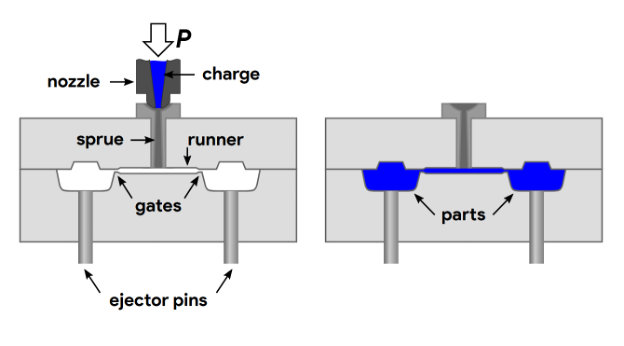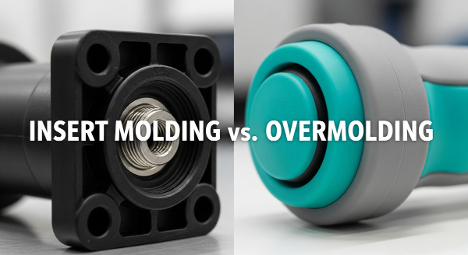
Injection molding plays a pivotal role in the modern manufacturing landscape. One critical aspect that manufacturers must carefully consider is the cost associated with creating the injection mold. Understanding and accurately determining the cost of an injection mold is essential for budgeting, cost-effectiveness, and overall project success.
Factors Influencing Injection Mold Costs
- Material Selection
The type of material chosen for the mold significantly impacts the overall cost. Different materials, such as aluminum, steel, or hardened tool steel, have varying properties and costs. While aluminum molds are more cost-effective for prototypes and short production runs, steel molds offer durability and longevity, making them more suitable for high-volume production.
- Complexity of the Design
The complexity of the part being produced directly affects the mold cost. More intricate and complex designs require more sophisticated mold designs and manufacturing processes. Features like undercuts, tight tolerances, and complex geometries can increase the complexity of the mold and subsequently its cost.
- Size and Dimensions
The physical size and dimensions of the part also play a crucial role. Larger molds demand more material and machining time, driving up costs. Additionally. Oversized molds may require specialized equipment, impacting manufacturing expenses.
- Surface Finish and Texture
The desired surface finish and texture of the final product influence the mold-making process. High-gloss finishes and intricate textures often require more intricate mold designs and additional finishing processes, adding to the overall cost.
- Mold Cavities
The number of cavities in the mold directly affects production efficiency. Multi-cavity molds can produce multiple parts simultaneously, increasing output. However, they are more complex to design and manufacture, leading to higher upfront costs.
- Tolerance and Precision
Tight tolerances and precision requirements necessitate more advanced machining processes and higher-quality materials. Achieving exacting specifications increases the complexity of mold design and manufacturing, contributing to elevated costs.
- Tooling and Equipment
The tools and equipment required for creating the mold impact the overall cost. High-precision CNC machines, EDM(Electrical Discharge Machining), and other specialized tools contribute to the precision of the mold but also add to the expenses.
- Lead Time
The time required to design and manufacture the mold affects costs. Rushed projects may require expedited production schedules and additional resources, leading to higher expenses.
- Quality and Lifespan Requirements
The desired quality and lifespan of the mold affect material selection and manufacturing processes. High-quality molds made from durable materials will have a longer lifespan but may incur higher upfront costs.
Summary
Determining the cost of an injection mold is a multifaceted process that involves careful consideration of various factors. Manufacturers must balance the trade-offs between material selection, design complexity, and production volume to optimize costs without compromising on quality. Collaborating with experienced mold designers and manufacturers is crucial to achieving an accurate cost estimate and ensuring the success of injection molding projects. By understanding these factors, manufacturers can make informed decisions that contribute to the overall efficiency and profitability of their injection molding processes.
-q4gvl4k29y4hq8j9rjpapvj0ft06fje63olt7p210i.png)


